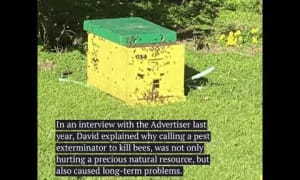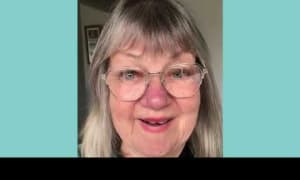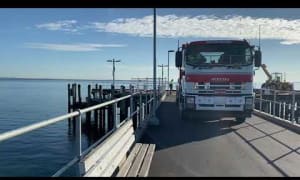
Dr Rebecca McIntosh - Phillip Island Nature Parks. Marine Scientist, PhD.
Dr Rebecca McIntosh - Phillip Island Nature Parks
Marine Scientist, PhD.
When and why did you get interested in STEM?
I have loved nature and wildlife since I was a child, and always wanted to protect biodiversity and be deeply connected to the natural environment.
I didn’t realise I could be a wildlife ecologist until I was I my late teens, my parents were from farming communities and University was new to us, so I firstly wanted to be a vet. But I loved Jacques Cousteau and then learnt about marine science through Ron and Valerie Taylor and I was hooked. I started scuba diving at 16 and never looked back.
Science is a ticket to the world, I have been to very remote places working in the field on scientific research projects including Cape York Peninsula helping with tree kangaroo and striped possum research, remote central NSW working on birds, the offshore Islands of South Australia working on the Endangered Australian sea lion, Macquarie Island in the sub-Antarctic doing fur seal field work and The Galapagos Islands in Ecuador as one of the divers on their marine biology programs.
We can also work in our own backyards; I did my honours project at Melbourne University with the little grassbirds at Edithvale Wetlands, which was wonderful. Now I live on Phillip Island (Millowl) and am lucky to work on the seals and penguins of south-east Australia with Phillip Island Nature Parks.
What do you love about your job?
I love the connection to nature and the belief that I am working in a positive way for biodiversity. Our future relies on the health of the planet, they are deeply connected, and we cannot separate them. I really love the seals and birds I work with; they always make me laugh and sometimes cry – there is always something to surprise me.
As my time working in marine science has progressed, I am committed to supporting diversity in marine science, working with multiple knowledge systems, and collaborating with Traditional Owners. Greater inclusivity in science and natural resource management is going to improve our success and be extremely rewarding for society.
Advances in technology has drastically changed research for me, we can use drones and tracking devices that are smaller and more battery efficient – allowing us to prioritise research questions for conservation and learn the information we need with less disturbance. Our SealSpotter program where we use drones to monitor the fur seals is one example – people from all around the globe help us count the fur seals every year using the online portal, which provides important information on the health of the colonies and the birth and survival of the pups.
Do you think it is important for more women to work in STEM?
It is important for everyone to follow their dreams and we need to have mechanisms in place that enable and encourage diversity in science. This extends beyond women as we need to support all diversity in STEM. Different ways of thinking and problem solving, different communication styles and varied insights bring greater innovation and a more rewarding culture for all.
What is one thing government/schools/organisations could do to increase the number of women working in STEM?
It is important to have visible role models in STEM jobs so that the next generation can imagine themselves in those roles. This is true for women and minority groups. However, as a mid-career scientist, it is difficult to mentor young women only to see them lose momentum due to inadequate support or work-life balance, or simply being less able to compete because of power imbalances in the culture and structure of science and society today. Women may be overlooked at all stages of career development, but the gap is larger higher up the career progression.
Overall, women need better support to achieve their goals, whether it is getting back to work after having children or being an empathetic leader. We should value diversity in leadership and at every stage, we must teach people to respect individuality and diversity.
Name a woman who inspires you, who has worked, or is working in the STEM field – and why do you admire her?
Professor Greta Pecl – University of Tasmania. Greta has been a fantastic role model and educator. Her science is impactful and tackles large-scale threatening processes such as climate change. She is also concerned about how such issues are communicated in the community and to the youth, and was a pioneer of citizen science with Redmap-Australia to track the range shifts of marine species under climate change. I find her motivating, topical and highly impressive.
This year’s IWD theme is around innovation and new technology – what is one prediction you have for future technology and how it will impact our lives?
Artificial Intelligence and Machine Learning – it will revolutionise many of our repetitive systems and be a great tool for conservation science. It can be used for good. We are working on using AI with our SealSpotter program to count the seals and identify their health and body condition with real-time outputs that can otherwise take days to obtain and can cause a lot of disturbance if you have to measure and weigh individuals. Then we can use SealSpotter for more detailed questions that the machines can’t help with.
What advice would you give to your 12-year-old self in terms of pursuing a career in technology and science?
Keep going, there will be hard times, but you will make it and your contribution is already valuable. The youth are the future. Don’t let anyone tell you that you won’t be able to do it. I was told a couple of times what I wanted to do was too hard or I wasn’t strong enough – yet here I am. Keep dreaming, don’t fear failure – we all learn from trying, and most of all believe in yourself.
Have a fantastic International Women’s Day.





